- Home
- Home Ventilation
- Passive Stack Ventilation
Passive Stack Ventilation Explained.
Why would you want to install passive stack ventilation within your home? Well, there are lots of different types of people out there and we all have our own unique views on what makes an eco-home and what we demand from materials and products we place in our homes. Some of you will want to create a home that has as low a carbon footprint as possible while some of you will just want to reduce your bills and make your home a little greener.
For that reason there are also different types of ventilation that will suit your specific requirements. If you're after a system that will be as efficient as possible at recovering heat from expelled air and you don’t mind using electricity to achieve that, then you might want to look at MVHR (mechanical ventilation with heat recovery). But if you want to produce a home that uses the minimum amount of electricity, then you’ll probably want to install some form of passive stack ventilation as it uses no electricity at all, and it has other advantages as well...
So What is Passive Stack Ventilation?
Passive stack ventilation (PSV) is a natural and low cost method of ventilating your home. It doesn’t use electricity so you can reduce your electrical load requirements and it should be maintenance free.
I should start by explaining the concept of passive ventilation, which works on the principle that warm air rises and wind blowing across the face of your roof or walls causes negative pressure which sucks out the warm air. So in its simplest form you could open a skylight window or a window at the top of your house (because as we’ve established warm air rises). As this warm air gets sucked out at the top floor, cool air is sucked in through trickle vents in your windows and gaps around services etc to replace it.
Passive stack ventilation expands on these same natural principles in order to provide ventilation by way of extract vents within the wet rooms of your property such as en-suites, bathrooms and kitchens which are routed vertically to the outlet vents at the ridge of your roof. Replacement air is then supplied by trickle vents in your windows or wall vents.
The Principles Used by Passive Stack Ventilation.
- Cross ventilation - where gaps around internal doors allows fresh air coming in through trickle or wall vents to circulate towards the extract vents within the wet rooms. This makes sure all rooms are ventilated.
- The Venturi effect - where air flowing across the roof of your home creates negative pressure thus sucking the warm stale air out of your house via the ductwork and this in turn causes air to be sucked into your home via vents or trickle and wall vents in your property.
- The buoyancy of warm air - as warm air rises it is directed toward the ridge of your roof via large ducts.
Advantages:
- It’s the most sustainable and energy efficient ventilation system available.
- Doesn’t need any electricity to ventilate your home, so no running costs (unless you install one with a heat recovery system).
- Reduces the humidity in your home and allows natural ventilation 24 hours a day.
- Little or no maintenance required.
- Totally silent in operation.
- One of the cheapest forms of ventilation over the life of the installation (by a significant margin as there are no electricity costs and it is significantly cheaper to install compared with mechanical ventilation with heat recovery).
- Can be used to cool your home at night.
Disadvantages:
- Can create “draughts” as the replacement air enters the property via the controlled inlet ventilation points (trickle or wall vents).
- They need large ducts, unless you install fans to assist the ventilation (many will view this as cheating as the fan will require an electrical supply).
- Difficult to retrofit unless you’re about to do a complete refurbishment, so they tend to suit new builds better.
- Difficult to control - the amount of air movement with a standard PSV (Passive stack ventilation system) is mostly dictated by the speed of air over the roof of your home. So if it’s windy outside you can end up being over-ventilated, unless you install an intelligent PSV system which will have humidity controlled dampers (also don’t need an electrical supply) to restrict ventilation by closing off the inlet and outlet ducts (see below).
- With a standard PSV system the ducts are always open, so if the air is not moving outside you’ll have very little ventilation as you have no manual controls. This means during cold windy days you’ll end up running your domestic heating system more as it tries to heat the incoming cool air.
- They need to be very carefully designed and installed so that they don’t over or under ventilate.
- Ducts need to be as straight as possible and as close to vertical as possible to avoid slowing the air too much. This can be difficult to incorporate into existing houses.
- There is no filtration for incoming air.
Intelligent Passive Stack Ventilation:
The intelligent PSV system works on the same principle as above but includes the addition of humidity sensing vents in the inlets and extracts. These detect humidity in the air and react by expanding or contracting which opens (increasing ventilation) and closes the vents (decreasing ventilation) depending on the humidity levels within the property.
These intelligent vents and trickle vents don’t require any electricity to operate as they tend to use nylon filaments within the vents that expand and contract relative to the humidity levels in the individual rooms within the property and should therefore be maintenance free. The main advantage of this system is that it will self regulate the ventilation.
A standard (non-intelligent) PSV system is open all the time meaning your ventilation is dependant on the wind speed externally and the heat of the internal air which causes unnecessary heat loss and you’ll likely have to run your heating boiler more in order to heat the cooler air coming in through the inlet vents.
Passive Stack Ventilation With Heat Recovery:
There are companies who offer an element of heat recovery to passive stack ventilation. However this does involve adding a heat pump to the system which will mean you’re using electricity to run the heat pump.
If you’re after a zero energy system this isn’t likely to work for you. But if you’re prepared to accept some electrical input then you will be able to cool the incoming air in the summer months and capture and recirculate the heat from outgoing air in the winter months.
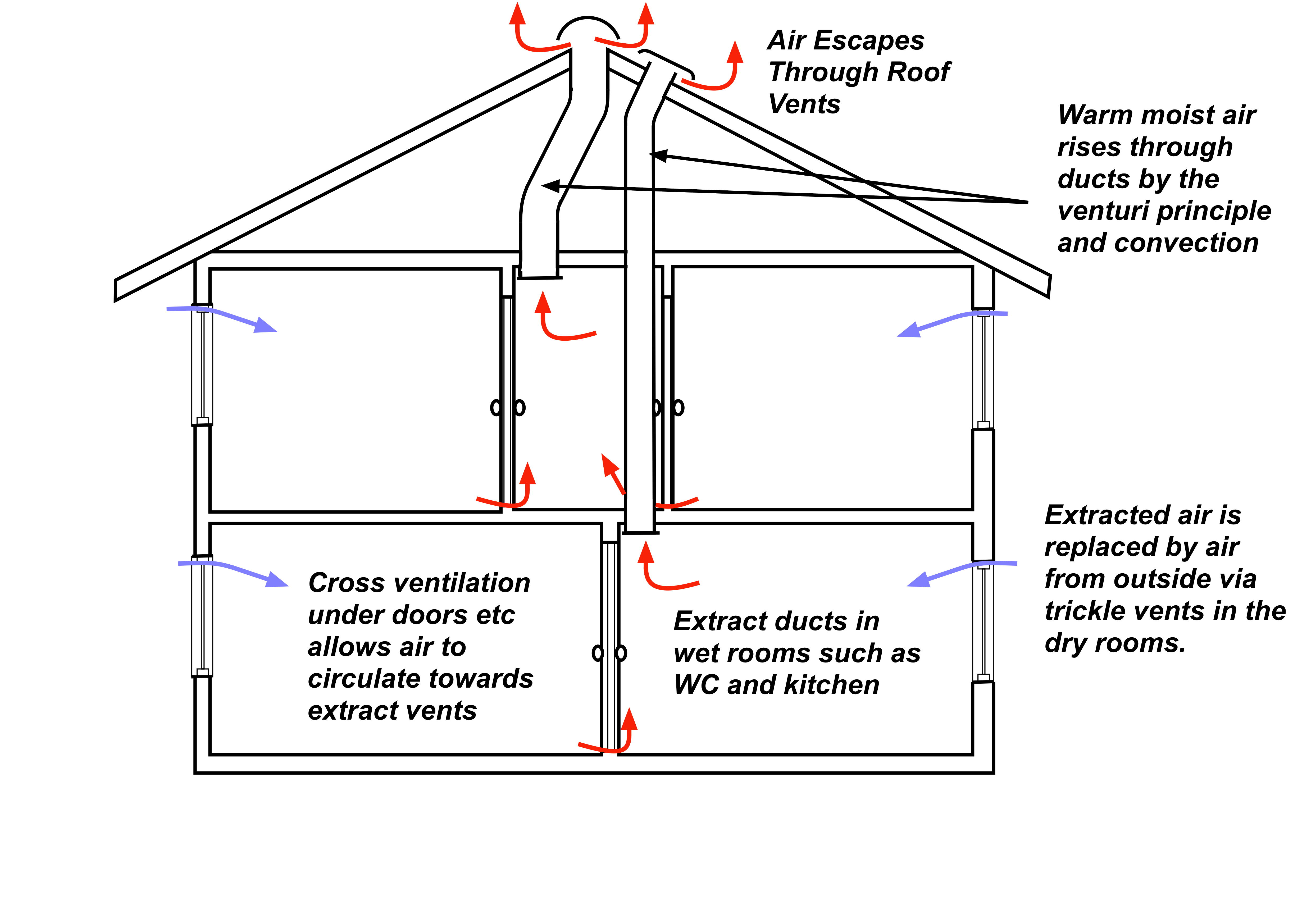
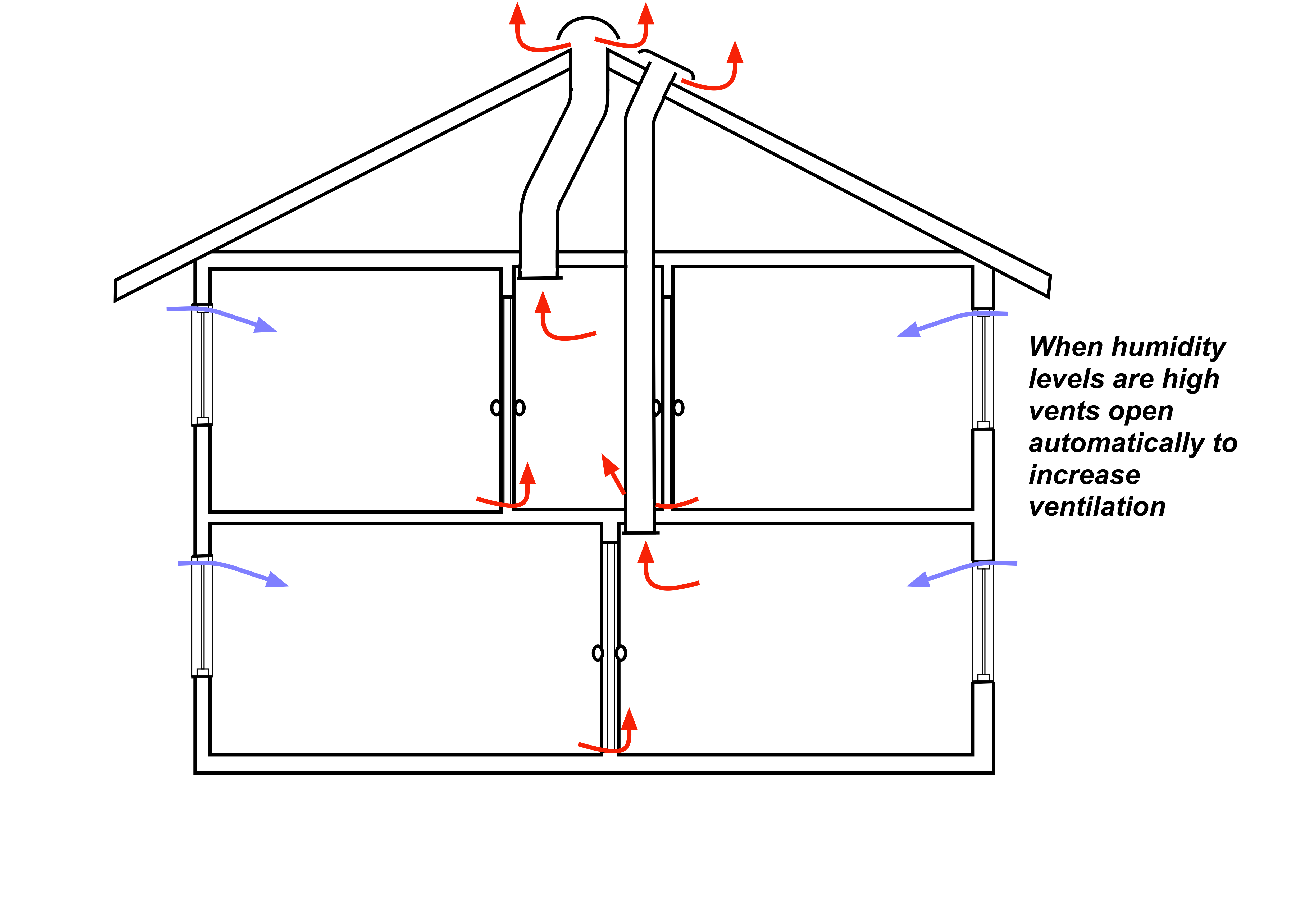
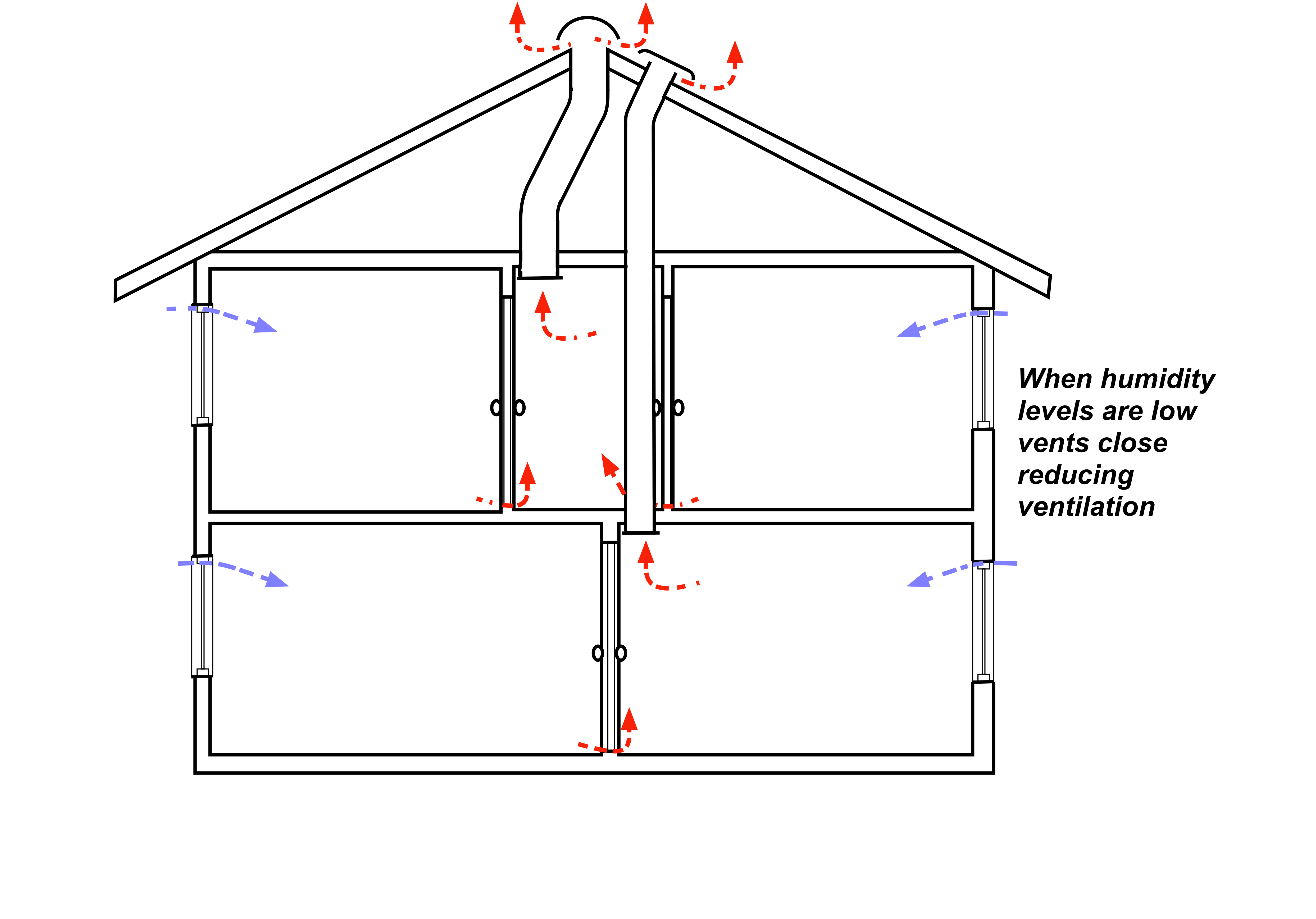
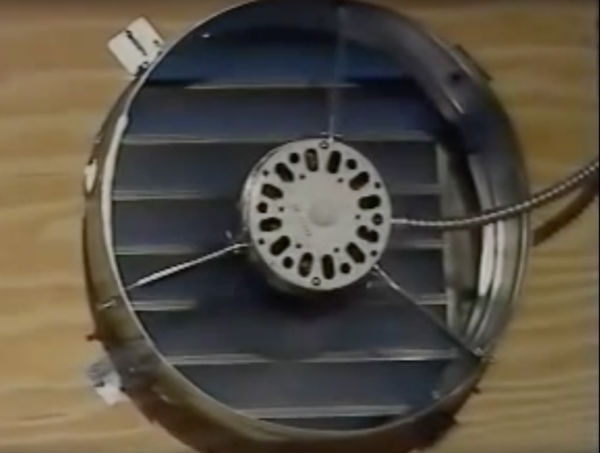
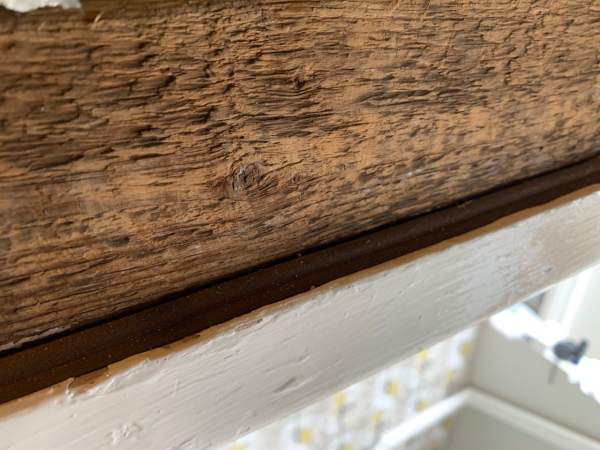
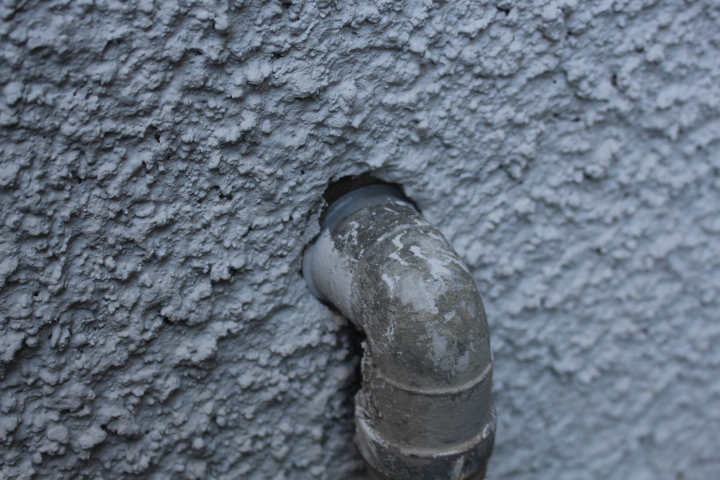
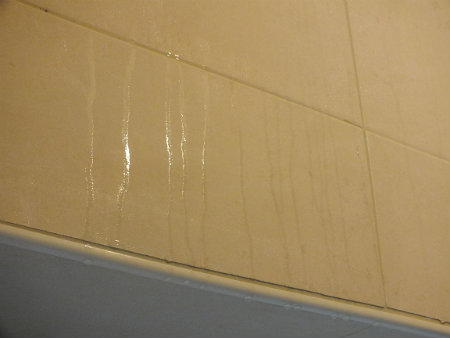
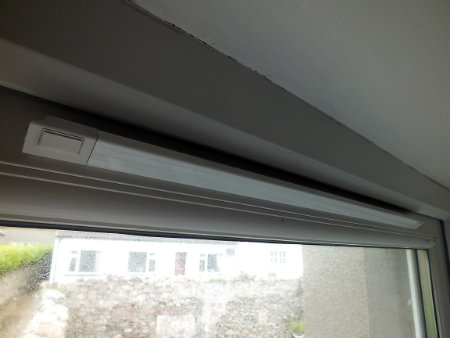
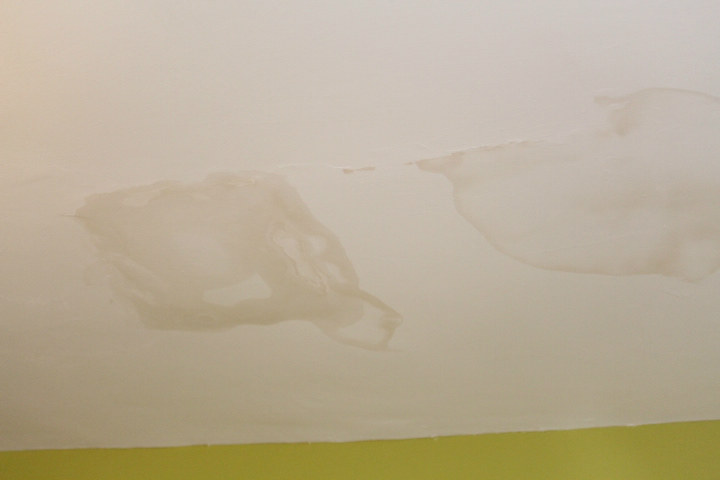
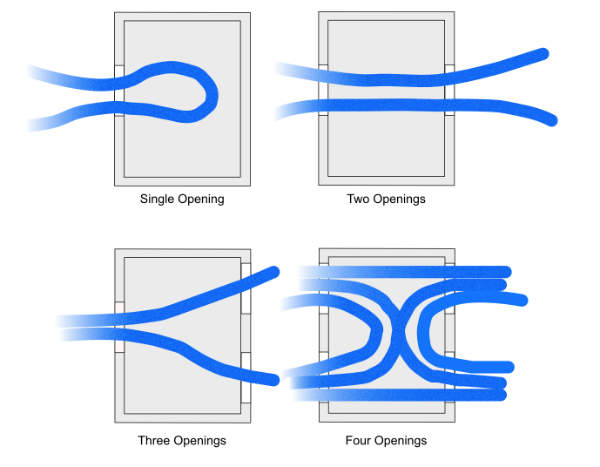

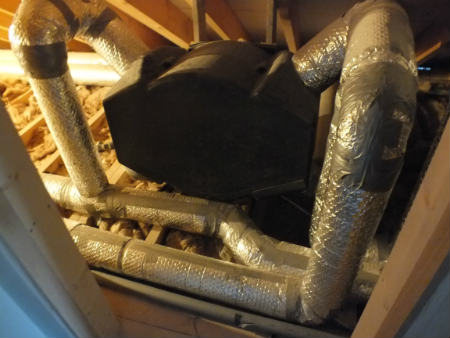







New! Comments
Have your say about what you just read! Leave me a comment in the box below.